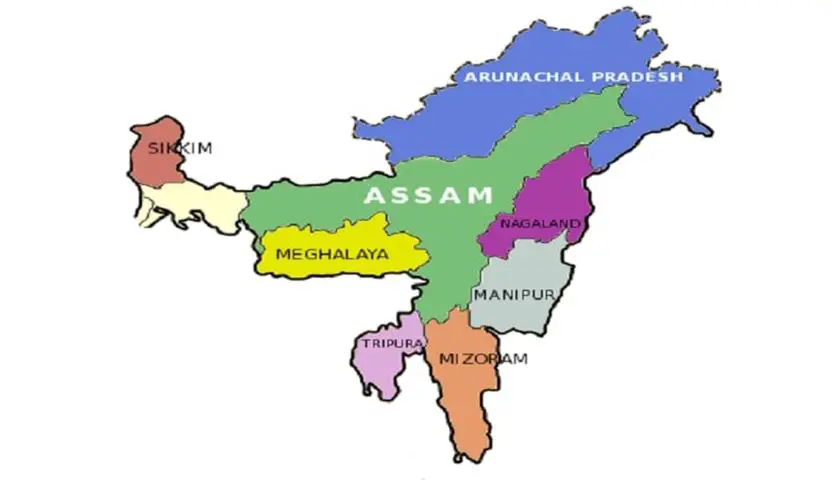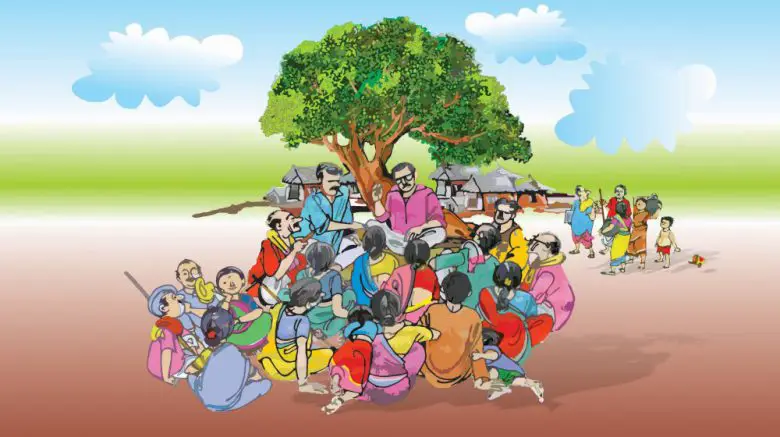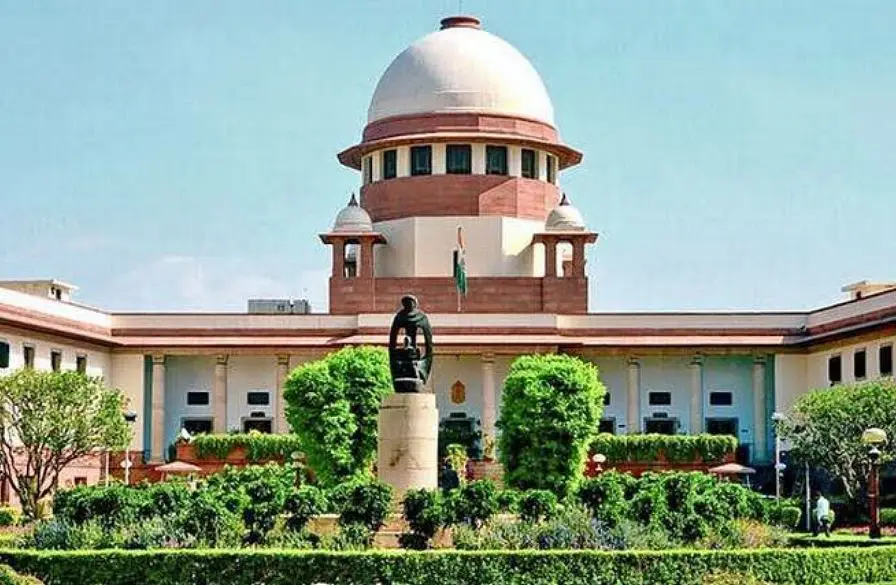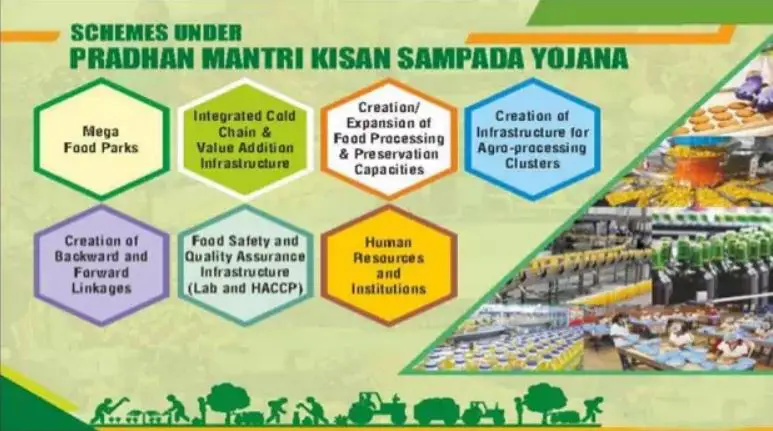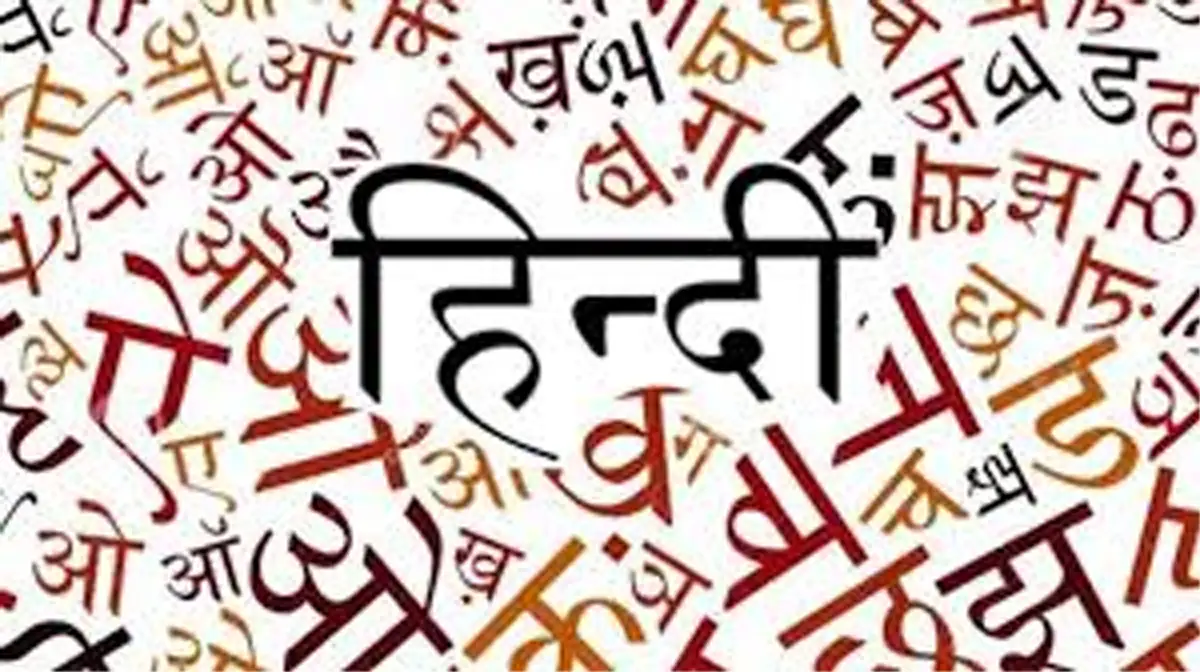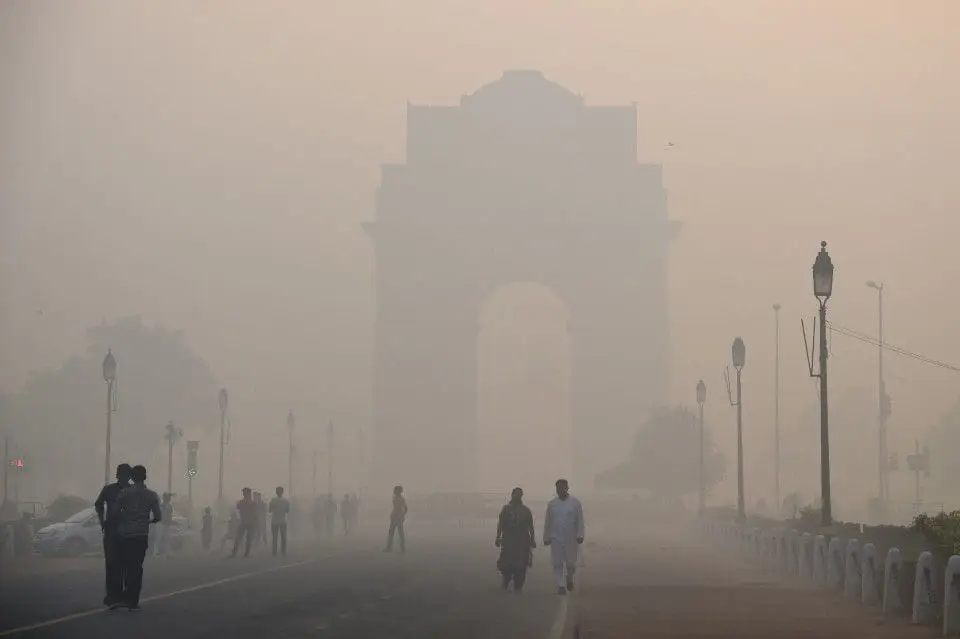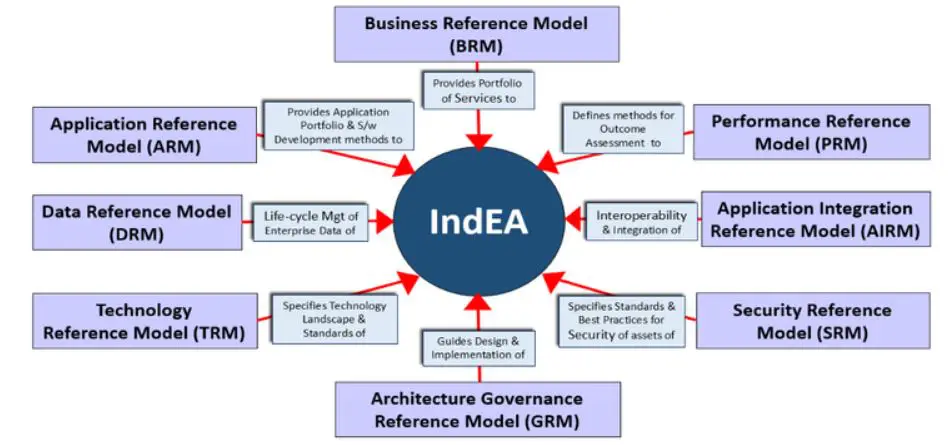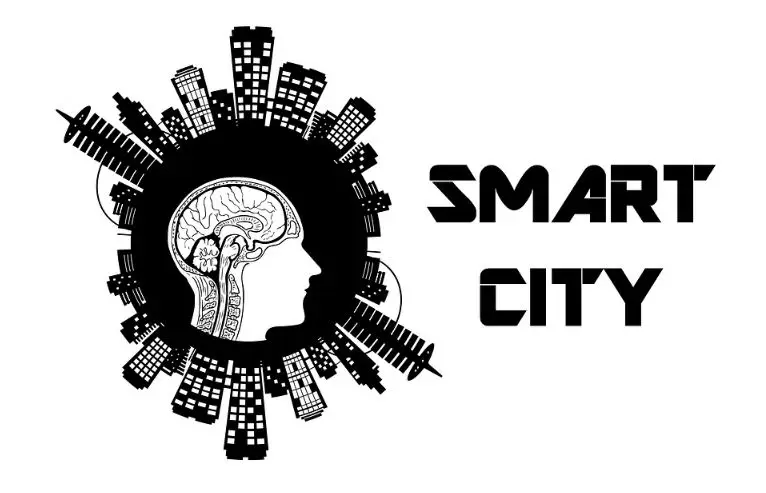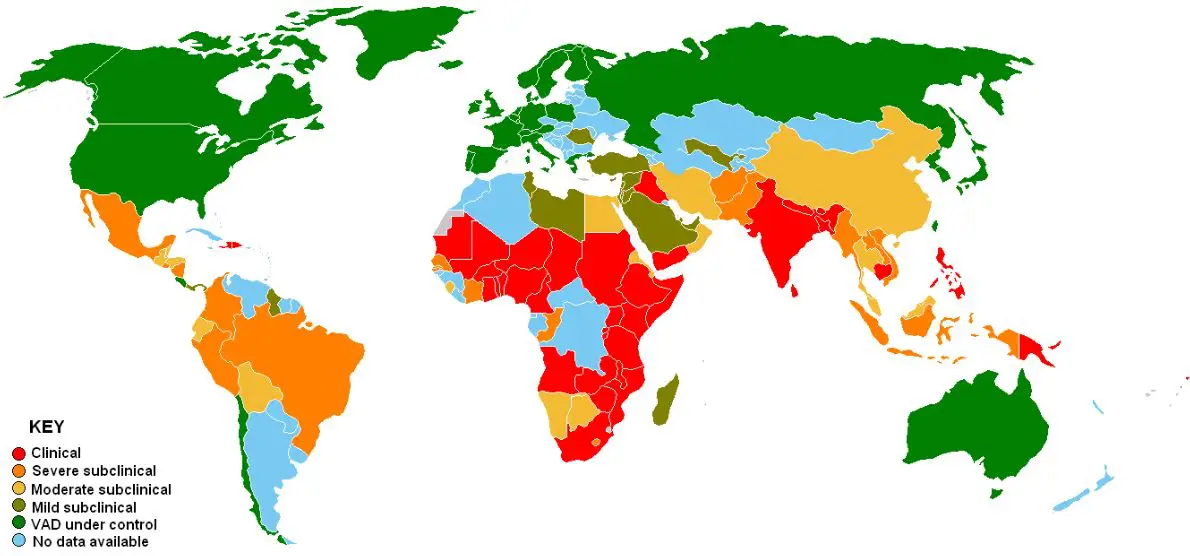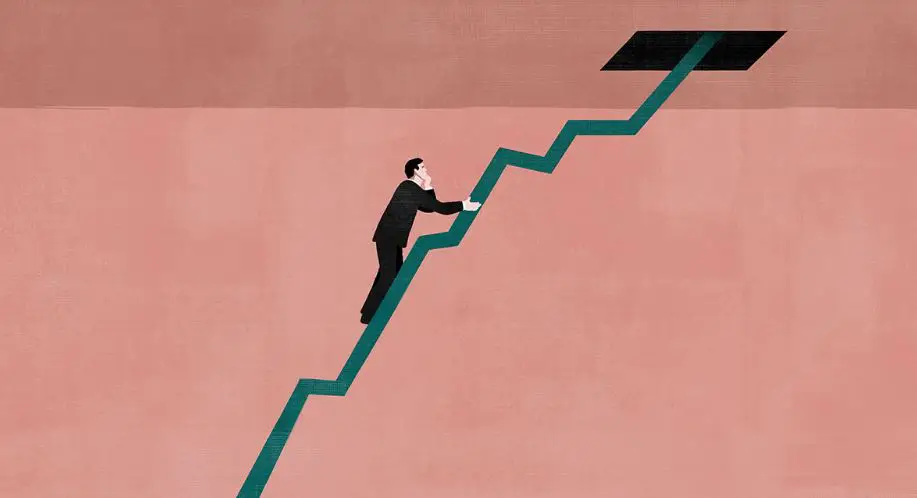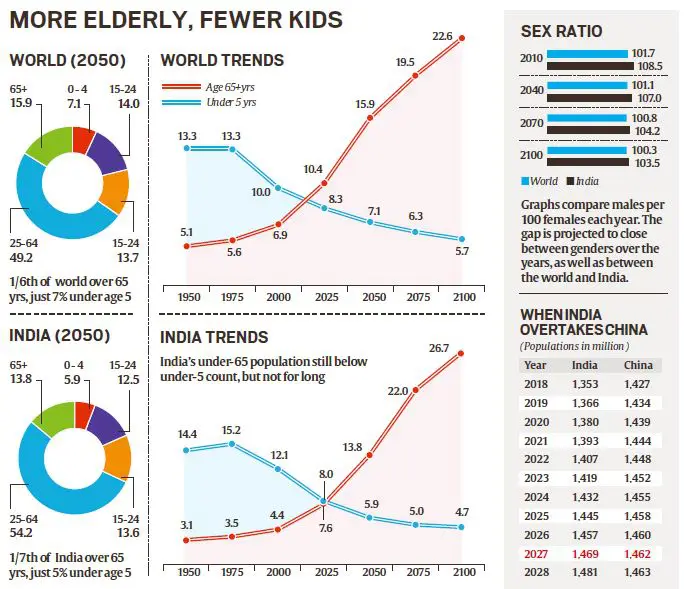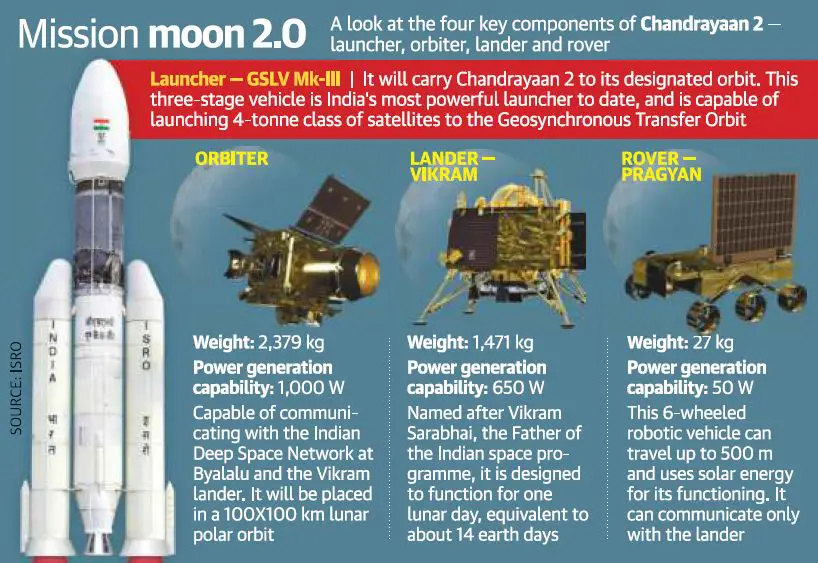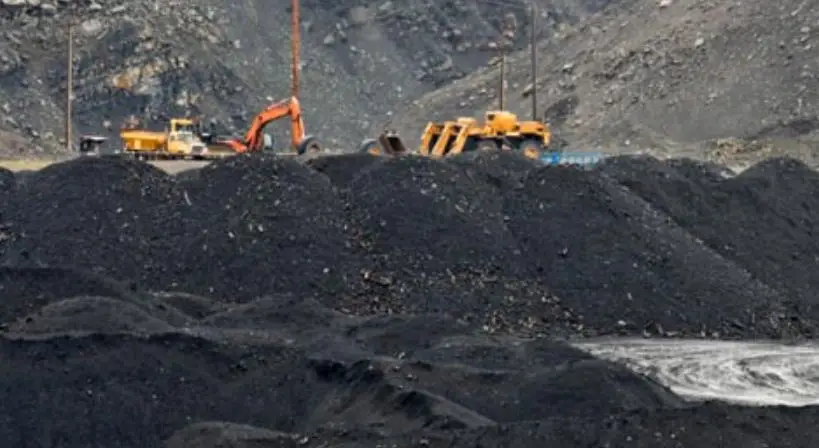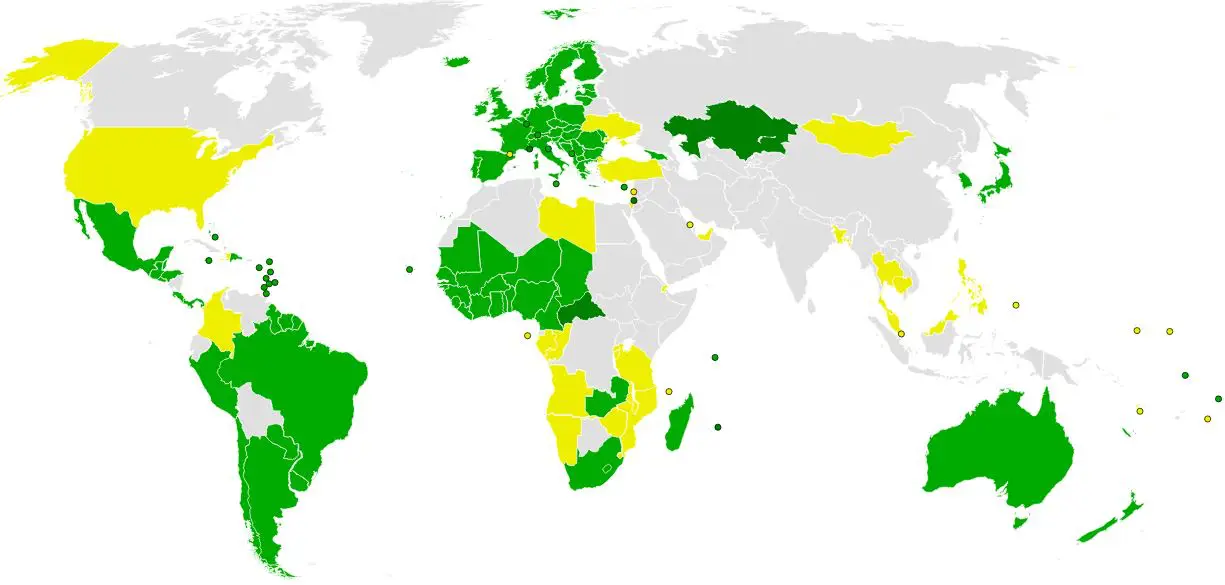
Effects of Liberalization on the Indian Economy | UPSC – IAS
Liberalization is any process whereby a state lifts restrictions on some private individual activities. Liberalization occurs when something which used to be banned is no longer banned, or when government regulations are relaxed.
Economic liberalization refers to the reduction or elimination of government regulations or restrictions on private business and trade. It is usually promoted by advocates of free markets and free trade, whose ideology is also called economic liberalism. Economic liberalization also often involves reductions of taxes, social security, and unemployment benefits.
In India economic reforms initiated in 1991 | UPSC – IAS
On July 23, 1991, India launched a process of economic reforms in response to a fiscal and balance-of-payment (BoP) crisis. The reforms were historic and were going to change the very face and the nature of the economy in the coming times. The economic reform programme, that India launched, consisted of two categories of measures:-
Macroeconomic Stabilisation Measures
- lt includes all those economic policies which intend to boost the aggregate demand in the economy-be it domestic or external.
- For the enhanced domestic demand, the focus has to be on increasing the purchasing power of the masses which entails an emphasis on the creation of gainful and quality employment opportunities.
Structural Reform Measures
- It includes all the policy reforms which have been initiated by the government to boost the aggregate supply of goods and services in the economy. It naturally entails unshackling the economy so that it may search for its own potential of enhanced productivity and production.
In short Economic reforms in India led to :-
- Increased employment
- Increased tax revenues and hence public spending
- Larger industry
- More foreign investments
- Increased GDP per capita
Process of liberalisation on Indian Economy | UPSC – IAS
The process of reforms in India has to be completed via three other processes namely, liberalisation, privatisation and globalisation, known popularly by their short-form-the LPG.
- The term liberalisation has its origin in the political ideology ‘liberalism’ which took its form by early nineteenth century. The term is sometimes portrayed as a meta-ideology capable of embracing a broad range of rival values and beliefs. The ideology was the product of the breakdown of feudalism and the growth of a market or capitalist society in its place which became popular in economics via the writings of Adam Smith (its founding father in the USA) and got identified as a principle of laissez-faire.
- The term liberalisation will have the same connotation in economics as its root word liberalism has. Pro-market or pro-capitalistic inclination in the economic policies of an economy is the process of liberalisation. We see it taking place in the whole Euro-America in the 1970s and particularly in the 1980s.16 The most suitable example of this process could be China of the mid-1980s when it announced its ‘open door policy’. Though China lacks (even today) some trademark traits of liberalism, as for example individualism, liberty, democratic system, etc., still China was called a liberalising economy.
In India, regulatory mechanisms were enforced in various ways rules and laws which were aimed at regulating the economic activities became major hindrances in growth and development. Liberalisation was introduced to put an end to these restrictions and open up various sectors of the economy
- Industrial licensing under which every entrepreneur had to get permission from government officials to start a firm, close a firm or to decide the amount of goods that could be produced
- Private sector was not allowed in many industries
- Some goods could be produced only in small scale industries and
- Controls on price fixation and distribution of selected industrial products.
The reform policies introduced in and after 1991 removed many of these restrictions. Industrial licensing was abolished for almost all but product categories — alcohol, cigarettes, hazardous chemicals industrial explosives, electronics, aerospace and drugs and pharmaceuticals.
The only industries which are now reserved for the public sector are defence equipments, atomic energy generation and railway transport. Many goods produced by small scale industries have now been dereserved. In many industries, the market has been allowed to determine the prices.
Effects of Liberalization on the Indian Economy | UPSC- IAS
When a nation becomes liberalized, the economic effects can be profound for the country and for investors. Economic liberalization refers to a country “opening up” to the rest of the world with regards to trade, regulations, taxation and other areas that generally affect business in the country
Impact on Indian GDP growth rate
- India’s annual average growth rate from 1990 – 2010 has been 6.6 % which is almost double than pre reforms era.
Removing Barriers to International Investing
- Investing in emerging market countries can sometimes be an impossible task if the country you’re investing in has several barriers to entry. These barriers can include tax laws, foreign investment restrictions, legal issues and accounting regulations, all of which make it difficult or impossible to gain access to the country.
- The economic liberalization process begins by relaxing these barriers and relinquishing some control over the direction of the economy to the private sector. This often involves some form of deregulation and privatization of companies.
Industrial Growth Rate
- Foreign companies got free access to Indian markets and made domestic products un-competitive. They obviously had better access to technology and larger economies of scale.
Unrestricted Flow of Capital
- The primary goals of economic liberalization are the free flow of capital between nations and the efficient allocation of resources and competitive advantages. This is usually done by reducing protectionist policies such as tariffs, trade laws and other trade barriers.
- One of the main effects of this increased flow of capital into the country is it makes it cheaper for companies to access capital from investors. A lower cost of capital allows companies to undertake profitable projects they may not have been able to with a higher cost of capital pre-liberalization, leading to higher growth rates.
Impact on Small Scale in India
- After independence, government attempted to revive small scale sector by reserving items exclusively for it to manufacture. With liberalization list of reserved items was substantially curtailed and many new sectors were thrown open to big players.
- Small scale industry however exists and still remains backbone of Indian Economy. It contributes to major portion of exports and private sector employment. Results are mixed, many erstwhile Small scale industries got bigger and better. But overall value addition, product innovation and technology adoption remains dismal and they exist only on back of government support.
Impact on Agriculture
- Share of agriculture in domestic economy has declined to about 15%. However, people dependent upon agriculture are still around 55%. Cropping patterns has undergone a huge change, but impact of liberalization can’t be properly assessed. We saw under series relating to agriculture that there are still all pervasive government controls and interventions starting from production to distribution.
- Global agricultural economy is highly distorted. This is mainly because imbalance in economic and political power in hands of farmers of developed and developing countries. In developed countries, commercial and capitalistic agriculture is in place which is owned by influential Agri corporations. They easily influence policies of WTO and extract a better deal for themselves at cost of farmers of developing world.
- Farming in developing world is subsistence and supports large number of poor people. With globalization there has been high fluctuation in commodity prices which put them in massive risk. This is particularly true for cash crops like Cotton and Sugarcane. Recent crises in both crops indicate towards this conclusively.
On the positive note, India’s largely self-sufficient and high value distinguished products like Basmati Rice are in high demand all over. Generally speaking, India is better placed to take up challenge of globalization in this case. If done in sustainable and inclusive manner, it will have a huge multiplier impact on whole economy. Worldwide implicit compulsion to develop Food processing Industry is another landmark effect of globalization.
- Apart from these, Farm Mechanization i.e. use of electronic/solar pumps, Tractors, combines etc. all are fruits of globalization. Now moving a step further, Information technology is being incorporated into agriculture to facilitate farming.
Impact on Services Sector
- In this case globalization has been boon for developing countries and bane for developed ones. Due to historic economic disparity between two groups, human resources have been much cheaper in developing economies.
- This was further facilitated by IT revolution and this all culminated in exodus of numerous jobs from developed countries to developing countries. Here US have to jealously guard its jobs as we guard our agriculture.
Information Technology industry
- Software, BPO, KPO, LPO industry boom in India has helped India to absorb a big chunk of demographic dividend, which otherwise would have wasted. Best part is that export of services result in export of high value. There is almost no material exported which consume some natural resource. Only thing exported is labor of Professionals, which doesn’t deplete, instead grows with time. Now India is better placed to become a truly Knowledge Economy.
- Exports of these services constitute big part of India’s foreign Exchange earnings. In fact, the only three years India had Current Account surplus, I.e. 2000-2002, was on back of this export only.
Banking
- Further, in banking too India has been a gainer. Since reforms, there have been three rounds of License Grants for private banks. Private Banks such as ICICI, HDFC, Yes Bank and also foreign banks, raised standards of Indian Banking Industry. Now there is cut through competition in the banking industry, and public sector banks are more responsive to customers.
- Here too IT is on path of bringing banking revolution. New government schemes like Pradhan Mantri Jan dhan Yojana aims to achieve their targets by using Aadhaar Card. Having said this, Public Sector Banks still remain major lender in the country.
- Similarly Insurance Industry now offers variety of products such as Unit Linked Insurance plans, Travel Insurance etc. But, in India life Insurance business is still decisively in hands of Life Insurance Corporation of India.
Stock Markets
- Another major development is one of Stock Markets. Stock Markets are platforms on which Corporate Securities can be traded real time. It provides mechanisms for constant price discovery, options for investors to exit from or enter into investment any time. These are back bone of free markets these days and there is robust trade going all over the world on stock exchanges. Their Importance can be estimated from the fact that, behavior of stock markets of a country is strongest indicator of health and future prospects of an economy.
- These markets has thrown open wide array of associated services such as Investment Banking, Asset Management, Underwriting services, Hedging advice etc. These collectively employ lakhs of people all over India.
- Similarly there are commodities market which provides avenues for investment and sale of various eligible commodities.
Telecom Sector
- Conventionally, Telecom sector was a government owned monopoly and consequently service was quite substandard. After reforms, private telecom sector reached pinnacle of success. And Indian telecom companies went global. However, corruption and rent seeking marred growth and outlook of this sector.
- Entry of modern Direct to Home services saw improvements in quality of Television services on one hand and loss of livelihood for numerous local cable operators.
Education and Health Sector
- It should be noted that food (Agriculture), Health and education (and to lesser extent banking) are among basic necessities, which every human being deserves and can’t do without. Unfortunately, in developing countries there is market failure in all these sectors and majority of people can’t afford beyond a certain limit (or can’t afford at all). Concept of free markets, globalization, liberalization etc. fails here miserably. Free markets provide goods and services to people who can afford paying for them, not to those who deserve and need these.
- Now if we consider these sectors from angle of our inclination towards free markets, certainly there has been lot of progress. There has been world class education available in India and Deregulation has resulted in Mushrooming of private engineering and Medical Colleges. But in reality, this had far reaching devastating effect on society.
- These new colleges accommodate only a miniscule proportion of aspirants at very high costs. Recently, an Independent organization ‘Transparency International’ came out with report claiming that India’s medical system is most corrupt in the world. This was no surprise, we all know from where it starts. High fees of education forces many aspirants to take educational loans from banks. After qualifying job market is unable to absorb majority of them. Practice turns out to be option of last resort. Now to make a decent living and to pay back the loans person is lured by corruption. Consequently, when many similar cases are put together, we get a corrupt system, economy and society.
- Reality is that after deregulation and liberalization, government along with other sectors, pulled its hand from social sectors too. Now there is Mediocre to high quality options are available in private sector which can be availed as per one’s budget. In public Sector Less than Mediocre to Mediocre options are available. This leaves huge proportion of aspiring students and expecting patients.
- On Social front India’s performance is deplored all over the world and it is probably behind all important developing economies. This lacuna has been recognized and government has taken the charge. In case of education almost universal enrollments has been achieved upto primary level and now impetus should be on improving quality, so that student of public schools comes at par with at least average private ones.
Conclusion | UPSC – IAS
It means, in the Indian case the term liberalisation is used to show the direction of the economic reforms-with decreasing influence of the state or the planned or the command economy and increasing influence of free market or the capitalistic economy. It is a move towards capitalism. India is attempting to strike its own balance of the ‘state-market mix’. It means, even if the economic reforms have the direction towards market economy it can never be branded a blind-run to capitalism. Since the economy was more like the state economy in the former years, it has to go for a greater degree of mix of the market. But in the long run, Liberalism curtails the powers of Parliaments.



